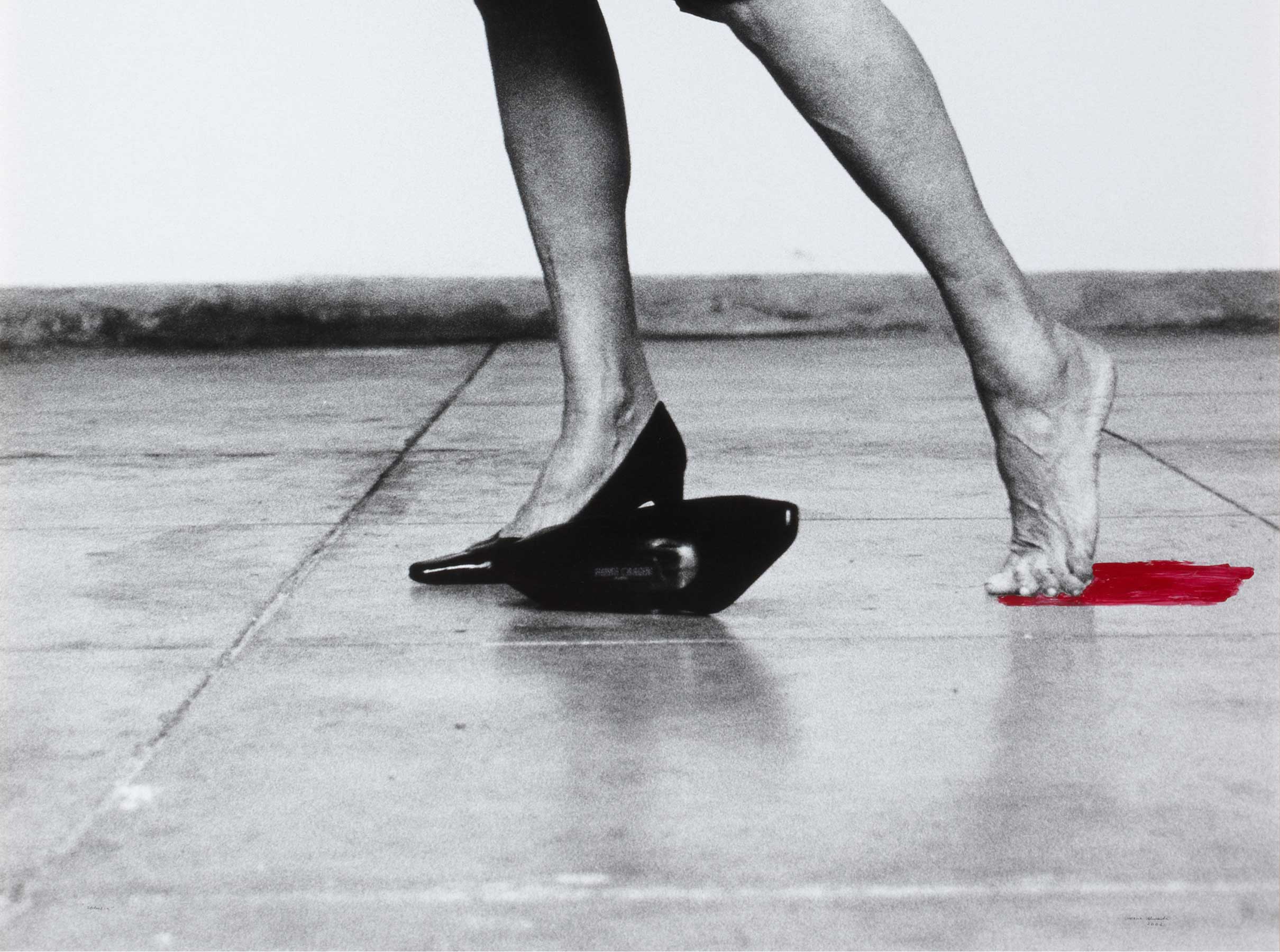La plaza del pueblo [The Village Square]
- 1975
- Oil on canvas
- 81 x 100 cm
- Cat. P_26
- Acquired in 1975
The Collection contains two works by Menchu Gal, with influences of post-impressionism, cubism and Fauvism: a still-life with flowers from her early years (1944) and an urban landscape. The latter work, The Village Square, must have been painted from a neighbouring rooftop. She shies away from rhetorical elements and in this late-period work she renders perspective after the fashion of Matisse. Depth becomes a play of saturated, superimposed colours applied in structures where the lighting of the moment captured is an essential element. She avoids the sfumati traditionally used by the Leonardeschi in her depictions of the atmosphere: the air is clean, as if after heavy rain. This is a frequent feature of her work that stems from the prime object that she seeks to represent: the landscape of her native Basque Country. It is the light of the Bay of Biscay that gives her works their characteristic colours. The painting is made up of broad brush-strokes so that drawing, the traditional architect of imagery, is relegated to a secondary level. She works from direct observation, but interprets what she sees freely.
Menchu Gal’s work evolved over time, but certain elements remained throughout her long career: the brightness of her colours, the emancipation and independence of her decisions in regard to expression and her personal vision of reality. These characteristics seem suited for a romantic view of how artists behaved or lived in the avant-garde Paris circles of the late 19th and early 20th centuries, but in her case they arose in the context of the Spanish Civil War, the post.-war years and the Franco dictatorship. Francisco Calvo Serraller has this to say: 'In short, she continued to delve into the modernist values of the Paris School, as did many other Spanish painters of the 1930s and 1940s, who refused to sully their art by lowering themselves to ideological debate. But she did so without renouncing the conquests of the avant-garde in terms of form'.
Other works by Menchu Gal

![La plaza del pueblo [The Village Square]](/f/webca/INF/assets/img/fff.png)